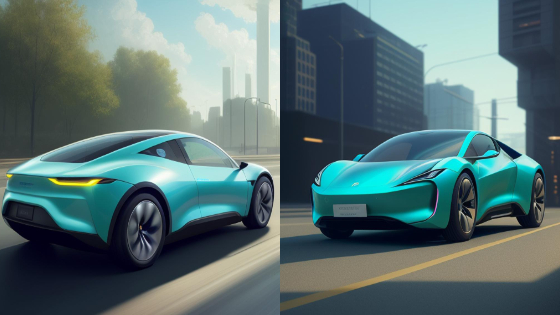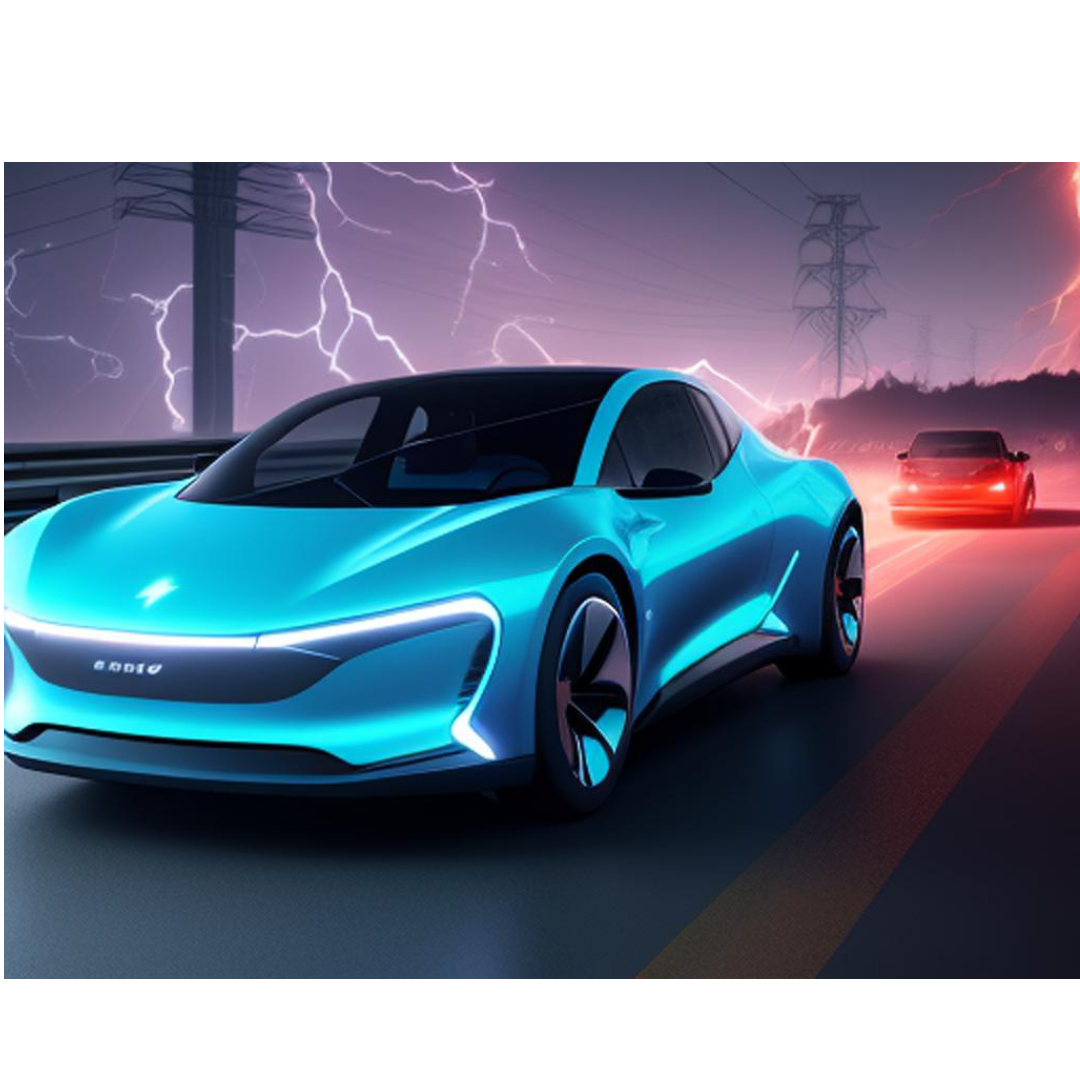The automotive industry has witnessed significant advancements in recent years, especially in the realm of electric vehicles (EVs). In a groundbreaking move, the world’s first solar-powered electric car has entered production, marking a new era in sustainable transportation. In this article, we will delve into the innovative features, environmental benefits, and the potential impact of this solar-powered EV on the future of transportation.
1. A Game-Changing Collaboration
The development of the world’s first solar-powered electric car was a result of a remarkable collaboration between leading solar technology and electric vehicle manufacturers. This synergy aimed to harness the power of the sun to charge the vehicle’s batteries, reducing its reliance on conventional charging methods.
2. Solar Integration Technology
The solar-powered EV boasts cutting-edge solar integration technology that utilizes photovoltaic cells incorporated into the car’s body panels. These solar panels are designed to capture sunlight and convert it into electricity, providing a constant source of renewable energy to power the vehicle.
3. Extended Driving Range
One of the most significant advantages of the solar-powered electric car is its extended driving range. By harnessing solar energy, the car can partially recharge its batteries while on the move, effectively increasing the distance it can travel on a single charge.
4. Energy Efficiency and Sustainability
The use of solar energy in electric vehicles aligns with the global push towards sustainability and reducing greenhouse gas emissions. By utilizing renewable energy, the solar-powered EV significantly reduces its carbon footprint, making it an eco-friendly transportation option.
5. Smart Charging and Grid Interaction
The solar-powered EV is equipped with smart charging technology that optimizes the charging process based on solar availability and energy demand. Additionally, the vehicle can interact with the power grid, allowing it to sell excess energy back to the grid when not in use.
6. Innovative Design and Aerodynamics
To maximize the efficiency of the solar panels, the vehicle’s design incorporates aerodynamic features. The sleek and streamlined body reduces drag, enhancing the overall energy efficiency of the car.
7. Charging on the Go
Beyond traditional charging stations, the solar-powered EV has the unique capability of charging on the go. This is especially beneficial for long-distance journeys, where drivers can rely on both solar power and conventional charging options.
8. Battery Technology Advancements
The development of the solar-powered electric car has also spurred advancements in battery technology. The vehicle is equipped with high-capacity, lightweight batteries that can efficiently store the solar-generated electricity.
9. Future Implications for Transportation
The introduction of the world’s first solar-powered electric car has significant implications for the future of transportation. As solar technology continues to advance, we can expect to see more solar-integrated vehicles on the roads, reducing our dependence on non-renewable energy sources.
10. Challenges and Road Ahead
While the solar-powered EV represents a remarkable breakthrough, there are still challenges to overcome. Solar panels’ efficiency and cost, as well as infrastructure for solar charging, remain key areas for improvement.
Conclusion
The entry of the world’s first solar-powered electric car into production marks a momentous step towards sustainable and eco-friendly transportation. By harnessing the power of the sun, this innovative vehicle offers an extended driving range and reduces its carbon footprint, making it an environmentally responsible choice. As technology continues to evolve, solar integration in electric vehicles holds the promise of transforming our transportation landscape. It is undoubtedly an exciting development for the automotive industry and a giant leap towards a greener future.
FAQs
- How much solar energy can the car generate in a day? The amount of solar energy generated by the car depends on various factors, including weather conditions and the efficiency of the solar panels. On average, it can provide enough energy to supplement a portion of the car’s daily charging needs.
- Can the solar-powered EV charge during cloudy days? Yes, the solar panels can still generate electricity on cloudy days, although the energy production may be reduced compared to sunny days.
- Is the solar-powered EV more expensive than conventional electric cars? Initially, the solar-powered EV may have a higher upfront cost due to the integration of solar technology. However, the potential savings on fuel costs and its eco-friendly features make it a compelling long-term investment.
- Does the solar-powered EV require maintenance for its solar panels? The solar panels on the car’s body are designed to be durable and low-maintenance. However, regular cleaning and inspection may be necessary to ensure optimal energy generation.
- Can the solar-powered EV be charged using conventional electric charging stations? Yes, the solar-powered EV is equipped with a charging port that allows it to be charged using conventional electric charging stations, providing flexibility for different charging options.















